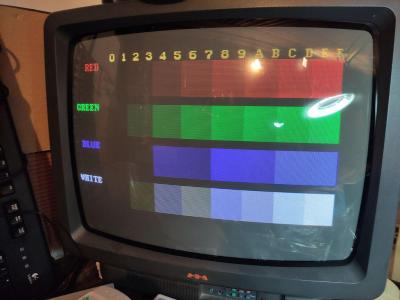Superlatives are tricky things. [mircemk]’s guide “How to make Simplest ever Oscilloscope Clock” falls into that category. It’s that word, simplest. Certainly, this is an oscilloscope clock, and a nice one. But is it simple?
There’s a nice oscilloscope circuit with a cute 2″ 5LO38I CRT and EF80 tubes for horizontal and vertical deflection that we’d say is pretty simple. (It’s based on an earlier DIY oscilloscope project [mircemk] did.) The bill of materials is remarkably sparse– but it’s modules that do it. One entry is a DC-DC step up supply to get the needed HV. Another is a LM317 to get 6.3 V to heat the tubes. The modules make for a very simple BOM, but on another level, there’s quite a bit of complex engineering in those little modules.
When we get to the “clock” part of the oscilloscope clock, that quandary goes into overdrive. There’s only one line on the BOM, so that’s very simple. On the other hand, it’s an ESP32. Depending on your perspective, that’s not simple at all. It’s a microcomputer, or at least something that can play at emulating one.
Oh, in the ways that matter to a maker — parts count, time, and effort, this oscilloscope clock is very simple. The fact that its actually a vector display for a powerful little micro just adds to the versatility of the build. We absolutely love it, to be honest. Still, the idea that you can have millions of transistors in a simple project — never mind the “simplest ever” — well, it just seems weird on some level when you think about it.
It all comes back to what counts as “simple”. If we’re taking lines on a BOM, arguably this would be even simpler if you used an existing oscilloscope.




















